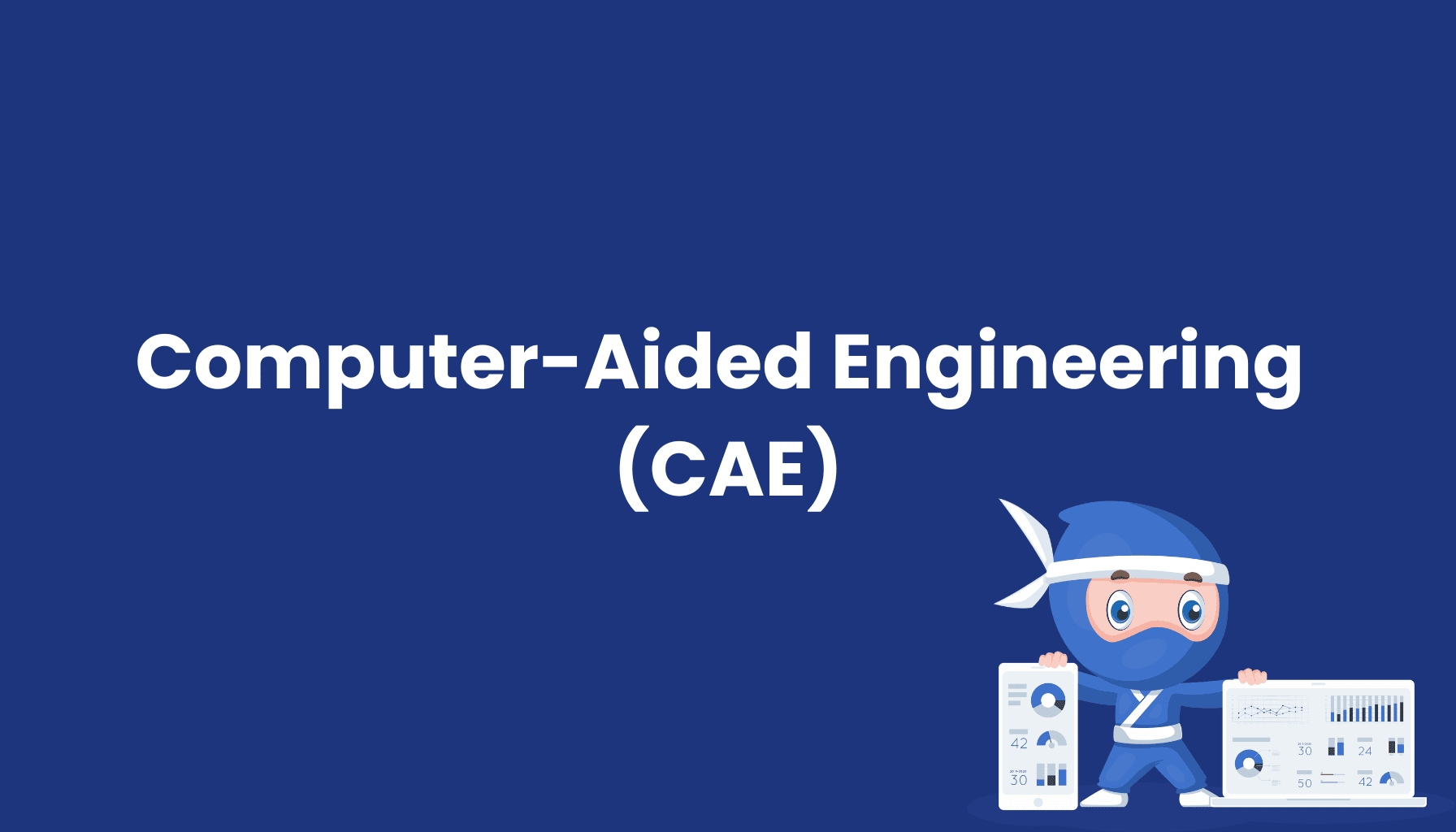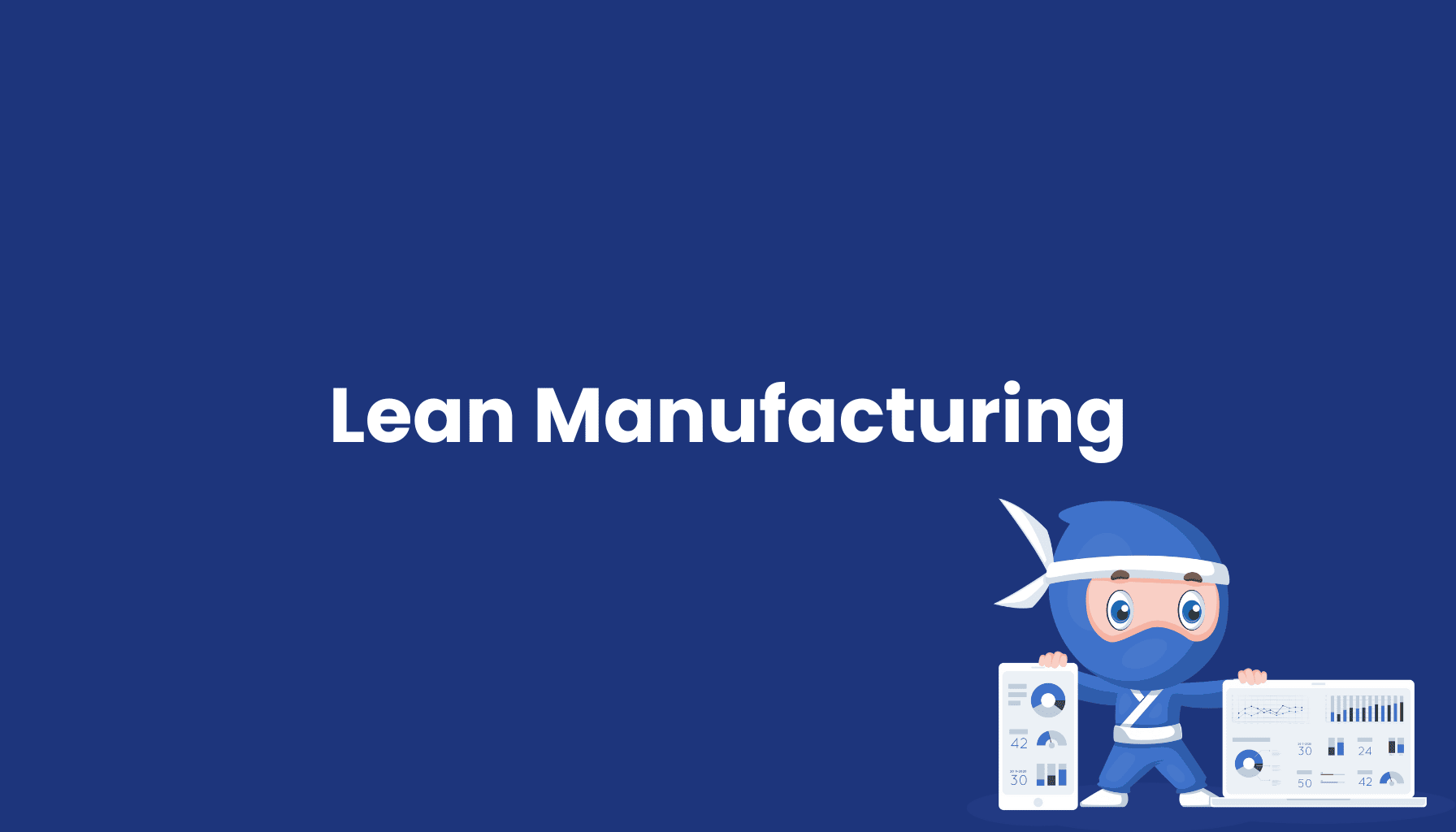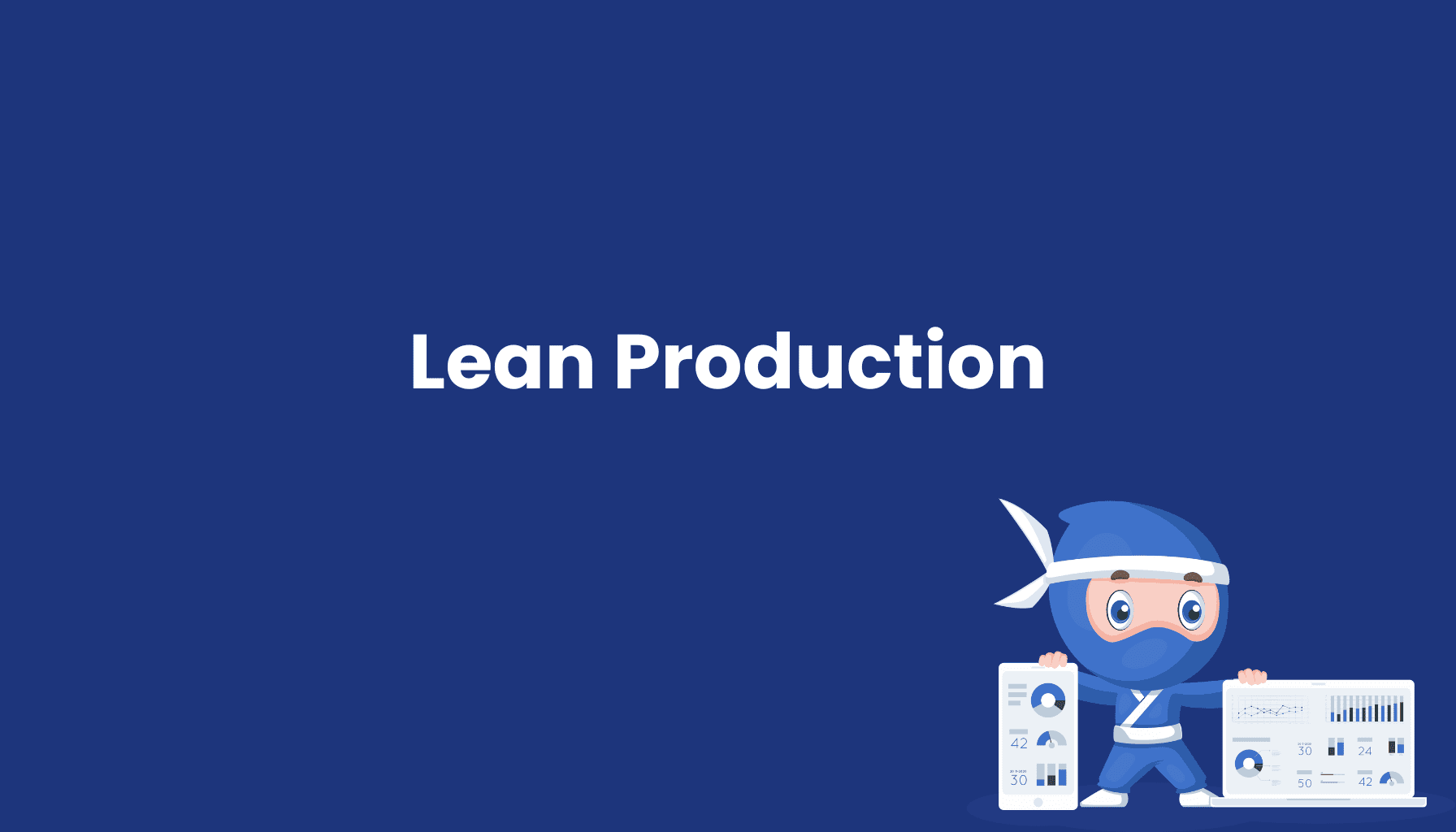Computer-Aided Engineering (CAE)

What is Computer-Aided Engineering (CAE)?
Computer-Aided Engineering (CAE) is a key technology in product development that allows engineers to perform digital simulations and analyses to test product behavior under real-world conditions. CAE software supports design, simulation, and manufacturing and includes a wide range of applications such as Finite Element Analysis (FEA), Computational Fluid Dynamics (CFD), and Multibody Dynamics (MBD).
Features and Benefits of CAE
- Simulation and Analysis: CAE enables engineers to simulate physical properties like strength, fluid dynamics, and motion, allowing them to analyze product behavior before physical prototypes are made.
- Error Analysis: CAE software identifies potential problems and design weaknesses early in the process, improving product quality and reducing the risk of costly production errors.
- Cost Reduction: By reducing the need for physical prototypes and utilizing digital models, CAE significantly lowers development and production costs.
- Environmental and Compliance Support: CAE helps companies meet environmental regulations and safety standards by testing products for efficiency and sustainability.
Application of CAE in Manufacturing
In manufacturing, CAE is used to optimize production processes and improve product specifications. It speeds up iteration cycles in product development, increasing product safety and reliability before they are launched. Combined with Computer-Aided Design (CAD), CAE forms the backbone of modern product development, enabling engineers to innovate while reducing time-to-market.
Connection to OEE and Production Optimization
CAE also enhances Overall Equipment Effectiveness (OEE) by ensuring that machines and equipment operate efficiently before production begins. By optimizing production parameters and simulating operating conditions, CAE minimizes downtime and improves equipment efficiency.





